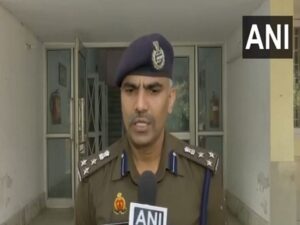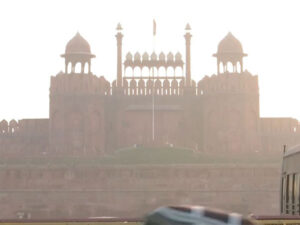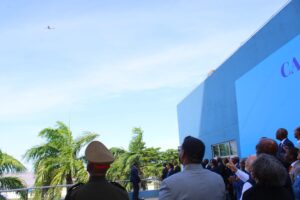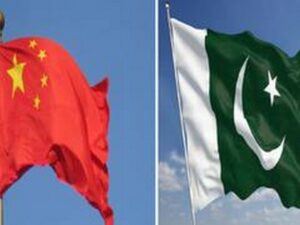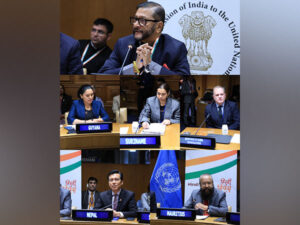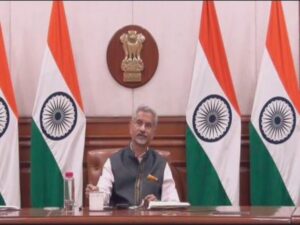
New Delhi [India], July 23 (ANI): The Ministry of Human Resource Development (HRD) conducted the first-ever Indian Scholastic Assessment (Ind-SAT) Test 2020 under its ‘Study in India’ programme on Wednesday.
“Nearly five thousand candidates from Nepal, Ethiopia, Bangladesh, Bhutan, Uganda, Tanzania, Rwanda, Sri-Lanka, Kenya, Zambia, Indonesia and Mauritius appeared for the exam conducted in the proctored internet mode by the National Testing Agency. EdCIL (India) Limited, a PSU under MHRD and the implementing agency of SII handled the registrations and other aspects of the examination,” said a press release from the HRD Ministry.
The press release said, “Ind-SAT is an exam for grant of scholarships and admissions to foreign students for studying in select Indian universities under the Study in India programme. The exam is designed to gauge the scholastic capability of students applying to study in India. The Ind-SAT scores will serve as a criterion to shortlist the meritorious students for the allocation of scholarships for undergraduate as well as postgraduate programmes under ‘Study in India’ programme.”
The Finance Minister, as part of the Budget speech this year, had announced that the Ind-SAT exam was proposed to be held in Asian and African countries, for benchmarking foreign candidates who receive scholarships for studying in Indian higher education centers, the press release said.
It said the exam was held in 12 countries on a pilot basis this year. There are plans to extend this to other countries in the future.
The press release further said, “The Study in India is a programme of MHRD under which foreign students come to study in 116 select higher education institutions in India for undergraduate and postgraduate programmes. The selection of the students is based on their merit in class 12/ school-leaving exam.”
“About top 2000 students are given scholarships, while some others are given fee discounts by the institutions. Around 780 students had taken admission under the programme during its first year – 2018-19. In the second year this number rose to about 3200,” it added. (ANI)






